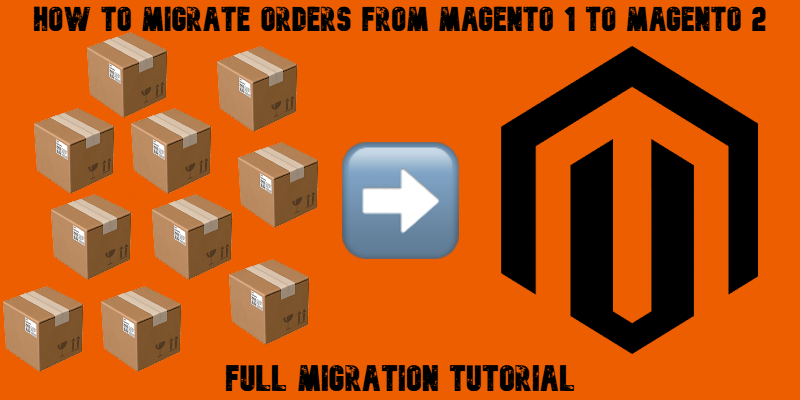Magento 2 Custom Options Explained: How to Add Customizable Options to Simple Products, Configure & Import Them

Magento 2 custom options are a powerful way to personalize simple, downloadable, or virtual products without the overhead of configurable product setups. Also known as customizable options, they allow store owners to add extra choices, such as text fields, dropdowns, file uploads, or swatches, directly to product pages, enriching the customer experience and boosting conversion potential.
In this complete guide to Magento custom options, we’ll walk you through everything you need to know — from what custom options are and how they differ from configurable products, to step-by-step instructions on adding them to your store. You’ll also learn how to extend these options with visual swatches, import them in bulk using automation tools, and avoid common pitfalls when managing custom product features.
Whether you’re offering monogrammed apparel, personalized gift messages, or product add-ons, this guide will help you unlock the full potential of Magento 2 customizable options — and turn simple products into compelling, flexible offerings that better match your customers’ needs.








